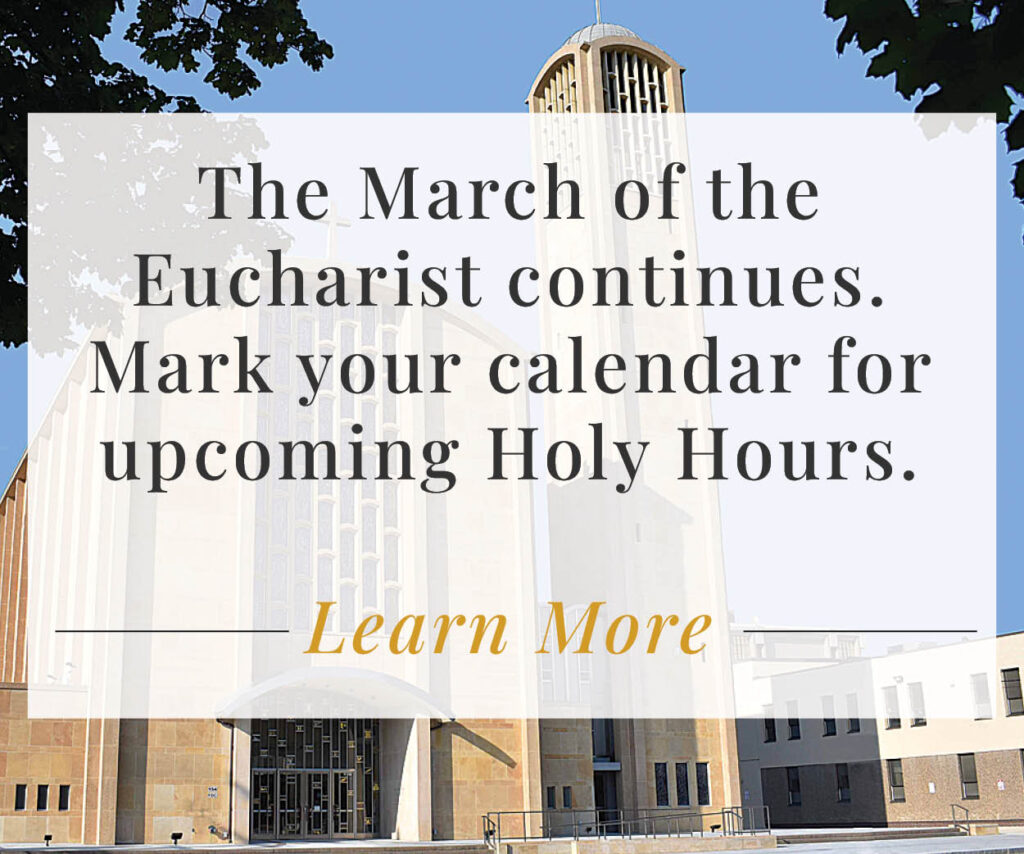
Each pope writes dozens—if not more—of documents during his reign. Some of the most important types of documents the pope writes (in order of level of importance) are: apostolic constitutions, encyclicals and apostolic exhortations.
Not to be confused with the specific set of ecclesiastical laws from the earliest era of the Catholic Church, a pope’s apostolic constitutions are his most solemn and steadfast decrees. A papal “bull” is a way of issuing that document, which is authenticated with a bulla, or seal. Apostolic constitutions are used to pronounce central dogmas of Church teachings. For example, one of the most famous and significant apostolic constitutions was Pope Pius XII’s Munificentissimus Deus, which defined infallibly (i.e., “ex cathedra”), the dogma of the Blessed Virgin Mary’s Assumption.
When a pope wants to settle a matter of doctrine permanently, this is how it is done. However, apostolic constitutions have also come to be used for administrative purposes, such as the establishment of dioceses around the world and territorial configurations. Of Pope Francis’ 20 apostolic constitutions, 14 have been “administrative.” His apostolic constitution Vultum Dei quaerere was a reflection on the lives of contemplative women and established a new set of rules for their monastic lives.
A “bull” is also its own type of document—which need not be an apostolic constitution, but can simply be a general decree. The last two bulls were the declarations of Jubilee years; the first by Pope Saint John Paul II in 2000, and the second by Pope Francis for 2025. A bull can either refer to the presentation of a document, or it can be its own type of document.
An encyclical is a slightly less formal type of papal decree, usually issued as a “papal brief” rather than a bull, due to its more personal nature. First used by Pope Benedict XIV in 1740, encyclicals are the primary means by which the Church expresses its teachings. The name “encyclical” came to be used because the pope’s letters were circulated to all the Bishops of the Church, and today form the foundations of many of our core beliefs; for example, Pope Saint John Paul II’s Evangelium Vitae firmly established the Church’s condemnation of our present “culture of death,” in reference to abortion, capital punishment, etc. Pope Francis’ most famous encyclical is Laudato Si, in which he articulated his teachings on how we should care for the earth and all of God’s creation.
You may be wondering, “But what about Evangelii Gaudium?” Perhaps Pope Francis’ most famous written work, Evangelii Gaudium (The Joy of the Gospel) is not an encyclical, but an apostolic exhortation. The difference is slight, but meaningful—an apostolic exhortation calls members of the Church to a specific course of action. Evangelii Gaudium, for example, calls Catholics to live a life of “missionary discipleship,” in which every member of the Church is called to be an evangelizer—in other words, to live in such a way that we draw people to the Church.
There are other types of documents that the Vatican may issue, but the most important documents are likely to be one of these three. Visit www.vatican.va to read recent papal documents in full.












